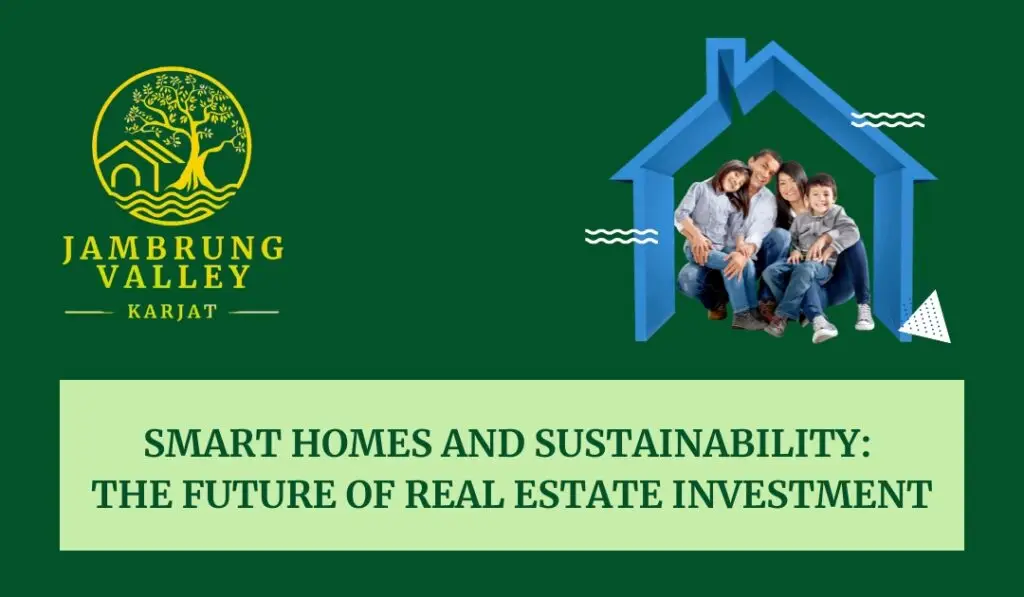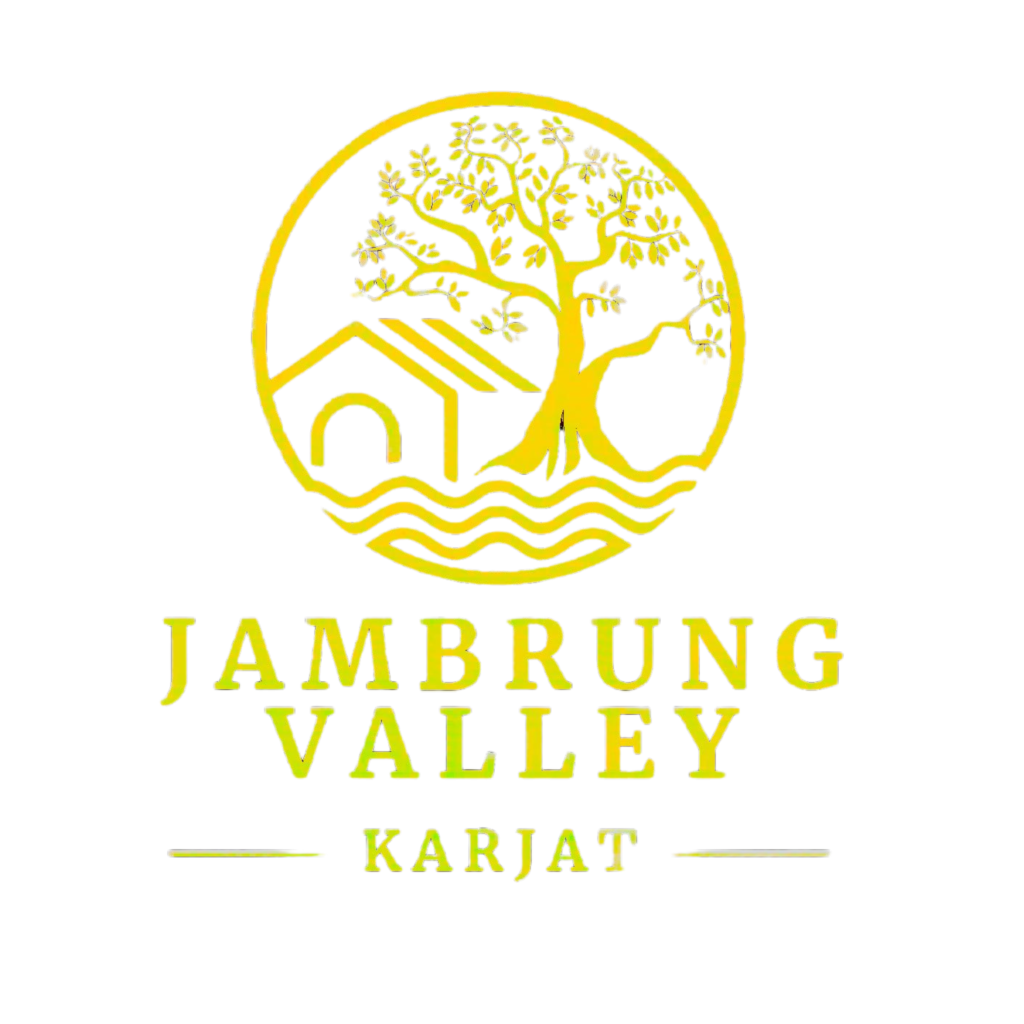
Smart Homes and Sustainability: The Future of Real Estate Investment
In recent years, the real estate market has undergone a profound transformation, driven by innovations in technology and a growing emphasis on sustainability. Smart homes and eco-friendly practices are not just trends but integral components of modern real estate investment strategies. Investors looking to capitalize on these developments must understand their implications and opportunities.
What Are Smart Homes?
Smart homes leverage cutting-edge technology to automate and control various aspects of living spaces. Features like automated lighting, energy-efficient appliances, voice-controlled systems, and advanced security mechanisms define these homes. Connectivity through the Internet of Things (IoT) allows devices to communicate seamlessly, ensuring convenience, efficiency, and enhanced lifestyle experiences.
Key Features of Smart Homes
- Energy Efficiency: Devices such as smart thermostats and lighting systems reduce energy consumption, leading to lower utility bills.
- Enhanced Security: Smart cameras, biometric locks, and motion sensors offer unparalleled safety.
- Convenience: Integration with virtual assistants like Alexa or Google Home simplifies daily routines.
- Remote Access: Control your home from anywhere, whether it’s adjusting the thermostat or checking security footage.
The Role of Sustainability in Real Estate
Sustainability is no longer optional in real estate investing. Buyers and renters increasingly prioritize properties that align with environmentally friendly principles. As climate change continues to impact global consciousness, sustainable practices are becoming a competitive differentiator.
Sustainable Building Practices
- Energy-Efficient Materials: Insulation, solar panels, and double-glazed windows.
- Water Conservation Systems: Rainwater harvesting and greywater recycling.
- Green Roofs and Walls: Enhancing aesthetics while improving air quality.
- Passive Design: Architectural choices that maximize natural light and ventilation.
Why Smart Homes and Sustainability Matter to Investors
Combining smart technologies with sustainability creates a compelling value proposition for investors. Here’s why these aspects are critical:
Increased Property Value
Smart and sustainable homes command higher prices due to their long-term cost savings and modern appeal. They attract tech-savvy buyers willing to pay a premium for enhanced features.
Future-Proof Investments
Governments worldwide are introducing stricter regulations related to energy efficiency and carbon footprints. Investment in properties that already meet these criteria ensures compliance and mitigates future expenses.
Challenges in Implementing Smart and Sustainable Features
While the benefits are clear, integrating these elements into real estate comes with challenges.
Cost Implications
The upfront cost of smart technology and sustainable materials can be significant. However, the long-term savings in energy bills and maintenance costs often outweigh initial expenses.
Technological Integration
Ensuring compatibility between various smart devices and existing property infrastructures can be complex. Investors should seek expert advice during installation.
Market Awareness
Education of potential buyers or tenants about the benefits of these features is crucial. Many may not fully understand how smart and sustainable elements translate into tangible benefits.
Emerging Trends in Smart and Sustainable Real Estate
The future of real estate lies at the intersection of technology and sustainability. Investors should keep an eye on these emerging trends:
Net-Zero Energy Homes
Net-zero homes produce as much energy as they consume through renewable sources like solar panels. These properties set the benchmark for sustainability.
Blockchain in Real Estate
Blockchain technology is revolutionizing real estate transactions by enhancing transparency and reducing fraud. It can also play a role in managing smart property features.
Eco-Communities
Developers are creating entire neighborhoods focused on sustainability, featuring shared renewable energy sources, community gardens, and green transportation.
How to Start Investing in Smart and Sustainable Real Estate
For those ready to venture into this future-forward market, here are actionable steps:
- Research Local Demand: Understand the demand for smart and sustainable homes in your target market.
- Partner with Experts: Work with architects, tech consultants, and sustainability experts to integrate these features effectively.
- Leverage Tax Incentives: Many governments offer incentives for green buildings and renewable energy installations.
- Market Effectively: Highlight the cost savings, convenience, and eco-benefits in your marketing materials to appeal to potential buyers.
The Future is Bright for Smart and Sustainable Real Estate
Investing in smart homes and sustainable properties is not just a financial decision but a commitment to innovation and environmental stewardship. For investors looking to explore the best opportunities in real estate, Jambrung Valley in Karjat stands out as a promising destination. With its breathtaking natural surroundings and growing emphasis on eco-friendly development, Jambrung Valley offers a perfect blend of modern living and sustainability.
Discover the future of real estate investment in Jambrung Valley and embrace the unique charm and potential it holds within the Karjat region.



